What is a Transfer Case? Your Ultimate Guide to 4WD Systems
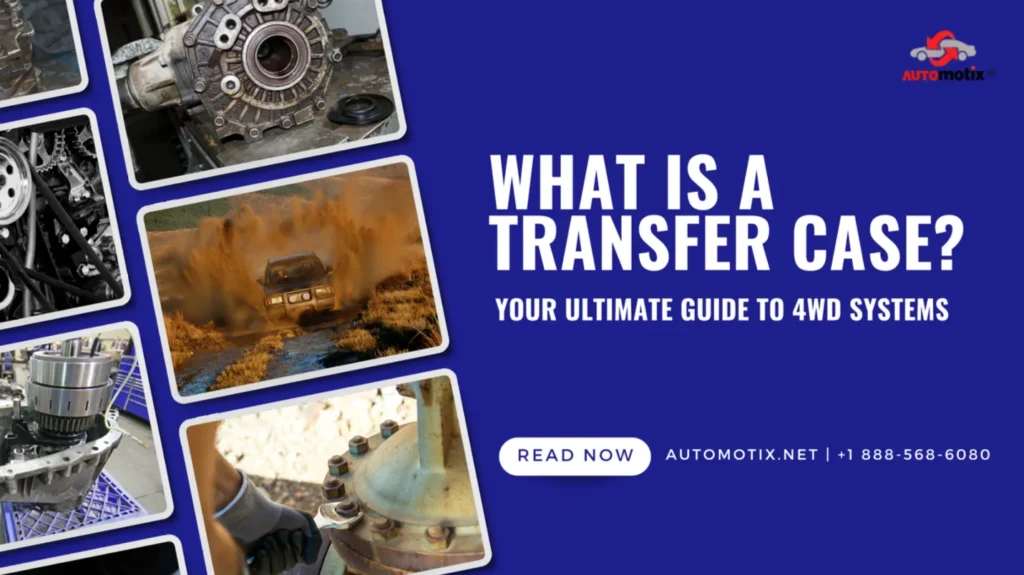
Introduction
Ever wondered what gives your truck or SUV the incredible ability to grip snowy roads or conquer a rocky trail? The unsung hero enabling these feats is a critical component called the transfer case. It’s the often-overlooked brain of your four-wheel-drive system, dictating where and how power is delivered to your wheels.
In this comprehensive yet easy-to-understand guide, we’ll pull back the curtain on the transfer case. We’ll explore its fundamental role, how it works to engage your 4WD, and the different types you might encounter. More importantly, we’ll equip you with the knowledge to recognize the warning signs of a failing transfer case and, when the time comes, how to make a smart, informed decision about a replacement.
As seasoned experts in used auto parts, Automotix is committed to empowering vehicle owners like you with reliable information. We believe that understanding your vehicle’s components is the first step toward confident ownership and informed repair choices. By the end of this guide, you’ll not only understand how your 4WD system works and how to spot potential problems, but you’ll also be well-prepared to make smart decisions when you need a used transfer case replacement, ensuring your 4×4 stays adventure-ready.
Summary
In this guide, we’ll break down everything you need to know about transfer cases. You’ll get a clear, simple explanation of what a transfer case is and its essential role in splitting power between your vehicle’s axles. We’ll dive into how it works, exploring the different 4WD modes (2H, 4H, 4L) and how they empower your vehicle to adapt to diverse driving conditions. We’ll also cover the common types of transfer cases, including the differences between part-time and full-time 4WD, as well as chain-driven versus gear-driven mechanisms. Crucially, you’ll learn to identify the five most common warning signs that indicate your transfer case might be failing. Finally, we’ll discuss why a high-quality used transfer case is an intelligent, cost-effective, and reliable replacement option, and how Automotix ensures you get the right part. By the end of this guide, you’ll be equipped with valuable knowledge to maintain your 4WD system and make informed decisions for its longevity.
Table of Contents
- What is a Transfer Case?
- How a Transfer Case Works
- Common Types of Transfer Cases
- Is My Transfer Case Failing? (5 Common Warning Signs)
- Buying a Quality Used Transfer Case
- The Automotix Advantage
- Conclusion
- Frequently Asked Questions (FAQs)
What is a Transfer Case?
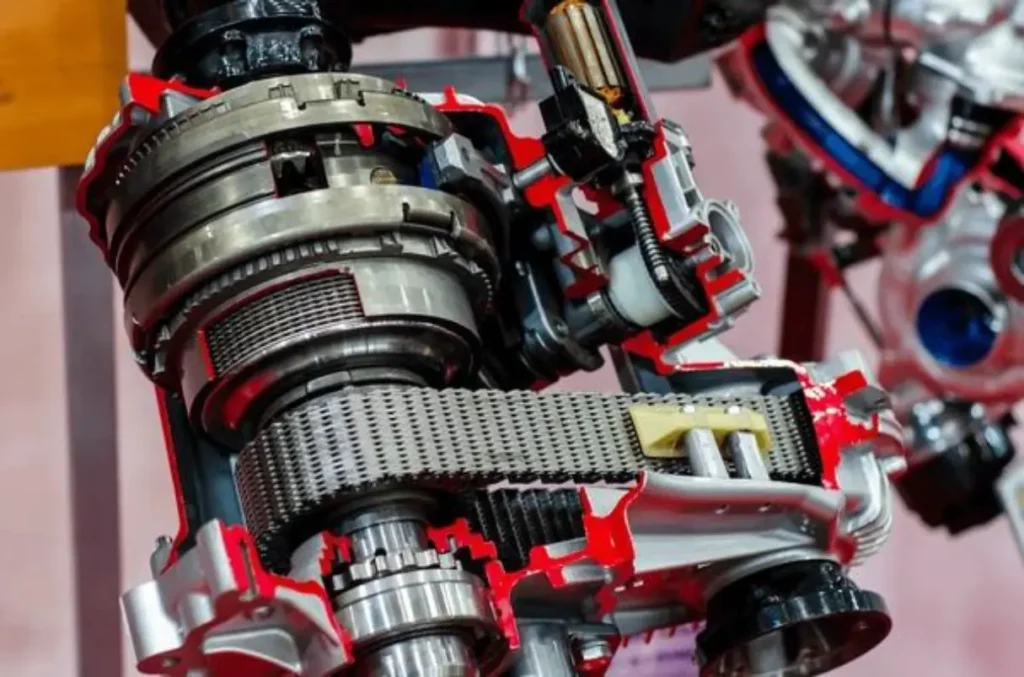
At its core, a transfer case is like the central nervous system or “brain” of your four-wheel-drive (4WD) or all-wheel-drive (AWD) vehicle. You can also think of it as a specialized gearbox. Its primary function is elegantly simple: to receive power directly from your vehicle’s transmission and then efficiently distribute that power to both the front and rear axles. This crucial splitting of power is what allows all four of your wheels to receive engine torque, providing the enhanced traction needed for challenging driving conditions.
To visualize its place in your vehicle, imagine the flow of power from your engine. After the transmission adjusts the gear ratios, the power doesn’t just go to one set of wheels. Instead, it enters the transfer case, which sits snugly between the transmission and the driveshafts that extend to both the front and rear differentials.
Inside this vital component, a few key parts work in harmony. There’s an input shaft that receives power from the transmission, and then output shafts that send that power out to the front and rear driveshafts. The magic happens through internal mechanisms, typically either a robust chain or a set of precisely engineered gears, which are responsible for transmitting and sometimes multiplying the power before it reaches your wheels. While the specifics can get technical, understanding these basic components helps grasp the sheer importance of this unassuming box in your 4×4’s capability.
How a Transfer Case Works
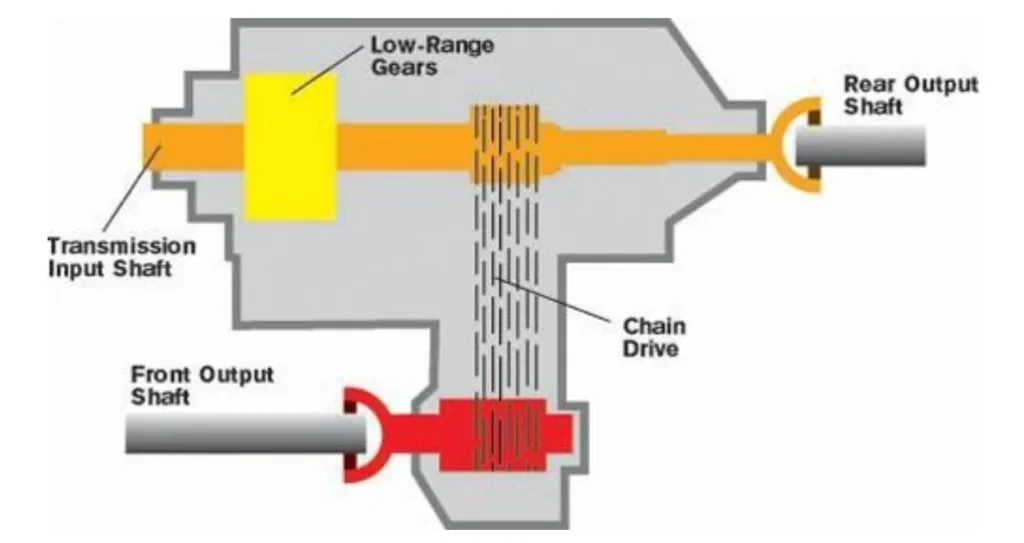
The real genius of a transfer case comes to light when you understand how it allows your vehicle to adapt to different driving conditions. It’s not just about splitting power; it’s about how that power is split and delivered, giving you control over your vehicle’s traction capabilities. This is achieved through various shifting modes, each designed for a specific purpose:
- 2H (Two-Wheel Drive High): This is your everyday driving mode. In 2H, the transfer case directs all of the engine’s power solely to the rear wheels (or sometimes the front wheels, depending on the vehicle’s design). This mode is ideal for normal road conditions, such as dry pavement driving, as it offers the best fuel efficiency and minimizes wear on your drivetrain components. It keeps things simple and direct for regular commutes and highway cruising.
- 4H (Four-Wheel Drive High): When conditions get slick – think rain-soaked roads, light snow, ice, or muddy trails – 4H is your go-to. In this mode, the transfer case engages both the front and rear axles, sending power to all four wheels. This provides a significant boost in traction and stability. Crucially, 4H is meant for higher speeds than 4L, making it suitable for maintaining momentum on slippery, relatively flat surfaces without getting bogged down. It’s about enhancing grip without sacrificing too much speed.
- 4L (Four-Wheel Drive Low): This is where your 4×4 truly earns its stripes for serious off-road adventures or heavy-duty tasks. When you shift into 4L, the transfer case not only sends power to all four wheels but also engages a lower gear ratio internally. This lower gearing multiplies the engine’s torque significantly, allowing your vehicle to climb steep inclines, navigate rocky terrain, pull extremely heavy loads, or extricate itself from deep mud or sand with maximum power and control at very low speeds. It sacrifices speed for raw pulling power and precise maneuverability.
The Driver’s Role
Engaging these different modes is typically a straightforward process for the driver, though the method can vary by vehicle. Older or more rugged 4x4s often feature a floor-mounted shifter, a sturdy lever that you manually move to select 2H, 4H, or 4L. Many modern trucks and SUVs, however, have adopted more convenient electronic controls, such as a dash-mounted dial that you simply twist to your desired setting, or push buttons strategically placed on the dashboard or center console. Regardless of the mechanism, the underlying function remains the same: the driver tells the transfer case which mode to engage, allowing the vehicle to adapt its power delivery to the demands of the terrain.
Common Types of Transfer Cases
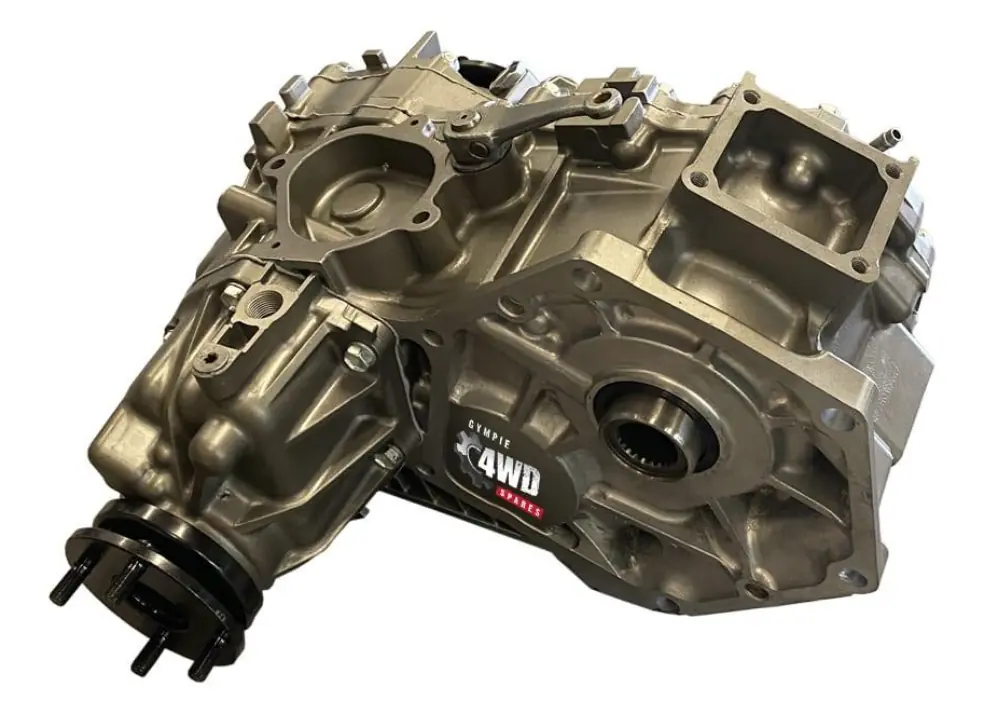
While the fundamental job of a transfer case remains consistent across all 4WD vehicles, there are different designs tailored to specific vehicle types and intended uses. Understanding these distinctions is key to appreciating how your particular 4×4 operates and what its capabilities are. The primary differences typically revolve around how power is distributed and the internal mechanism used.
Part-Time vs. Full-Time 4WD (and AWD)
One of the most crucial distinctions lies in how the transfer case manages the speed difference between the front and rear axles, particularly when turning.
- Part-Time 4WD: This is the traditional 4×4 system, often found in robust trucks and serious off-road vehicles. In a part-time system, when 4H or 4L is engaged, the transfer case essentially “locks” the front and rear driveshafts together. This means the front and rear wheels are forced to spin at precisely the same speed. While this direct connection provides maximum traction on slippery, loose surfaces like snow, mud, sand, or gravel, it creates a problem on dry, paved roads. When turning on dry pavement, your front wheels naturally travel a slightly different distance than your rear wheels. If they’re forced to spin at the same speed, it creates “drivetrain binding” – a build-up of stress and tension in the system that can lead to premature wear, damage, and difficult steering. Therefore, part-time 4WD systems should only be used on low-traction surfaces where wheel slip can relieve this tension. Using them on dry pavement can cause severe damage.
- Full-Time 4WD / AWD (All-Wheel Drive): These systems offer more versatility and convenience. The key difference is the inclusion of a center differential (sometimes called an inter-axle differential) within the transfer case itself. This differential works much like the differentials in your axles, allowing the front and rear driveshafts to rotate at different speeds when needed. This crucial feature means that full-time 4WD and AWD systems can be used safely on all surfaces, including dry pavement, without experiencing drivetrain binding. They constantly send power to all four wheels, automatically adjusting torque distribution as conditions demand. AWD systems, often found in crossovers and some SUVs, are typically simpler versions of full-time 4WD, designed for enhanced on-road traction in varying weather, while full-time 4WD systems often retain a low-range option for more serious off-roading.
Drive Mechanism: Chain vs. Gear
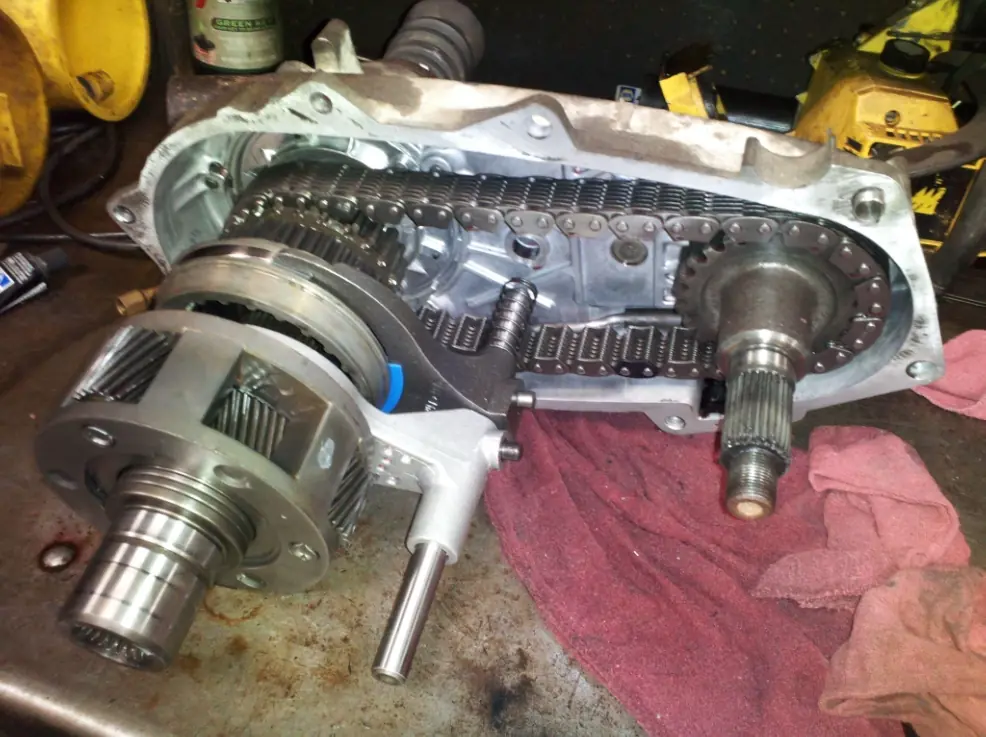
The way power is transferred internally within the transfer case also varies:
- Chain-Driven: The most common design found in modern light trucks, SUVs, and virtually all AWD vehicles. In these units, power is transmitted from the input shaft to the output shafts via a heavy-duty, precisely engineered chain. Chain-driven transfer cases are favored for their relatively lighter weight, quieter operation, and more compact design, making them ideal for packaging in contemporary vehicle platforms.
- Gear-Driven: Typically found in older, heavy-duty trucks, dedicated off-road vehicles, and some commercial applications, gear-driven transfer cases use a series of intermeshing gears to transfer power. These units are renowned for their exceptional ruggedness, brute strength, and durability. While they might be heavier and potentially noisier than their chain-driven counterparts, their robustness makes them the preferred choice for applications demanding the absolute maximum in reliability and the ability to withstand extreme loads and abuse.
Is My Transfer Case Failing? (5 Common Warning Signs)
A properly functioning transfer case is essential for the seamless operation of your 4×4 system.
However, like any mechanical component, it can wear out over time or develop issues. Recognizing the early warning signs of a failing transfer case is crucial. Not only can it save you from being stranded, but addressing problems promptly can also prevent more extensive and costly damage to other drivetrain components. If you experience any of the following symptoms, it’s a strong indicator that your transfer case needs attention:
Symptom 1: Grinding or Popping Noises
Perhaps the most common and unnerving symptom of a failing transfer case is unusual noises. If you hear grinding, clunking, or popping sounds, especially when you’re engaging or disengaging 4WD, or even sometimes during normal driving, it’s a major red flag. These sounds often indicate worn or damaged internal gears, a stretched chain, or failing bearings within the transfer case. Ignoring these noises can lead to complete failure and potentially seize the unit.
Symptom 2: Difficulty Shifting Between 4WD Modes
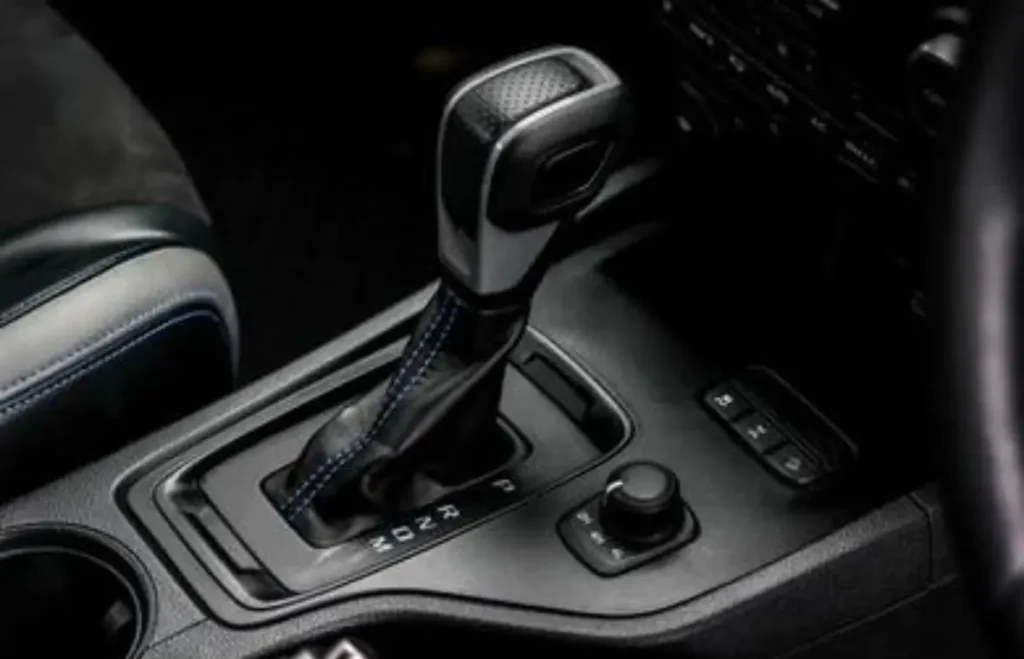
Is your floor-mounted shifter hard to move? Does your dash-mounted dial or push-button selector resist engagement, or simply fail to switch modes? If you experience difficulty shifting into or out of 2H, 4H, or 4L, it strongly suggests an issue with the transfer case’s internal shifting mechanism or its electronic actuators. This could be due to worn shift forks, faulty solenoids, or even a low fluid level preventing proper lubrication and movement of internal components.
Symptom 3: Leaking Fluid Under Your Vehicle
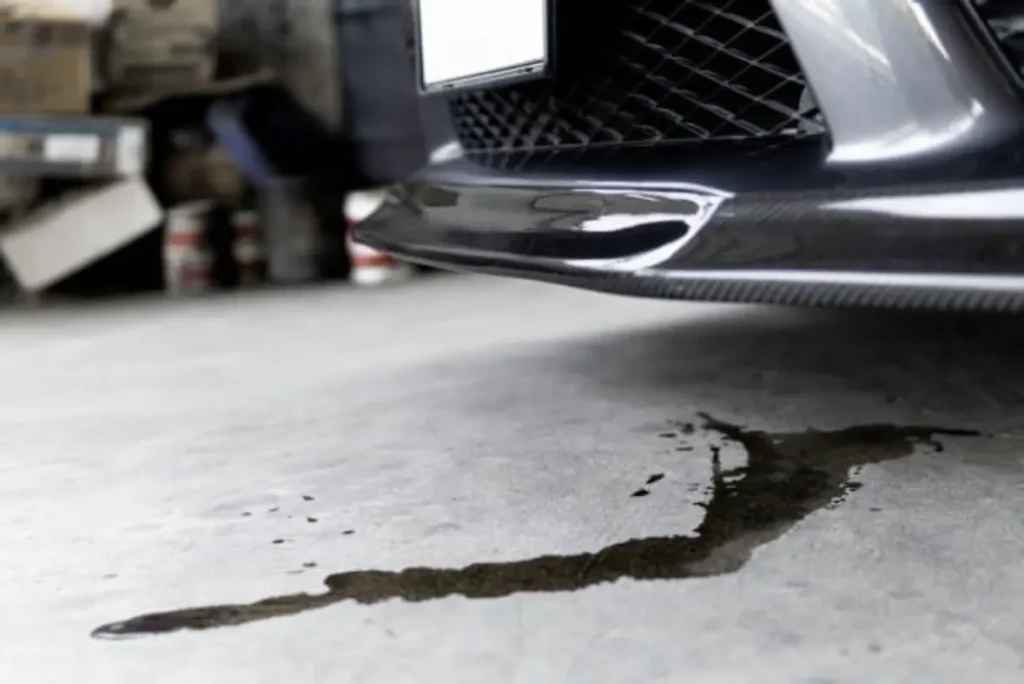
Your transfer case relies on specialized fluid (often ATF – Automatic Transmission Fluid, or specific transfer case fluid) for lubrication and cooling. If you notice reddish-brown, dark brown, or black fluid puddles underneath the middle section of your vehicle, particularly towards the rear of the transmission, it’s a clear sign of a leak. Leaks typically stem from worn seals, damaged gaskets, or cracks in the transfer case housing. Operating a transfer case with insufficient fluid can rapidly lead to overheating, increased friction, and catastrophic internal damage.
Symptom 4: Vehicle Jumps In and Out of 4WD
This can be a particularly alarming and potentially dangerous symptom. If your vehicle suddenly engages 4WD when you haven’t selected it, or disengages from 4WD on its own while you’re driving, it points to a serious problem. This intermittent engagement or disengagement often indicates issues with the electronic controls, sensors, or internal components that are supposed to keep the transfer case securely in its selected mode. This unpredictable behavior can lead to loss of control, especially on challenging terrain.
Symptom 5: “Service 4WD” or “4×4” Warning Light Illuminated
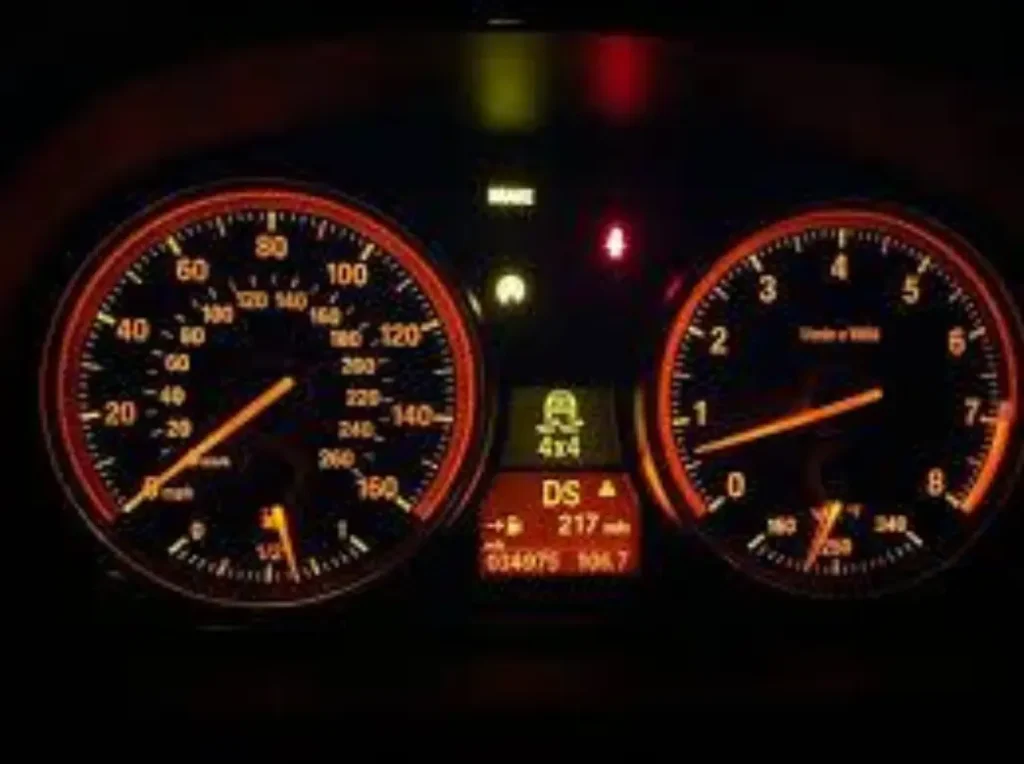
Modern vehicles are equipped with sophisticated diagnostic systems. If your dashboard illuminates a “Service 4WD,” “4×4,” or a generic “Check Engine” light accompanied by any of the above symptoms, it’s your vehicle’s computer signaling a detected fault within the transfer case system. While a warning light alone might sometimes be a sensor issue, combined with operational problems, it almost certainly indicates an internal mechanical or electronic failure that requires immediate attention. Consulting your vehicle’s owner’s manual for specific warning light meanings is always a good first step.
Buying a Quality Used Transfer Case
Discovering that your transfer case is failing can feel like a punch to the gut, especially when you start looking into replacement costs. A brand-new OEM (Original Equipment Manufacturer) transfer case can be incredibly expensive, often putting a significant dent in your budget. But here’s the good news: a high-quality used transfer case is often the smartest, most economical, and entirely reliable solution.
The biggest benefit, of course, is the significant cost savings. Opting for a used part can cut your repair expenses by hundreds, sometimes even thousands, of dollars compared to buying new. However, some vehicle owners might hesitate, wondering if “used” automatically means “unreliable.” We’re here to tell you that’s simply not the case when you know where to look. Used auto parts, particularly from reputable sources, are a proven, economical, and environmentally friendly repair solution, allowing you to get your vehicle back on the road without breaking the bank.
The Automotix Advantage

At Automotix, we’ve revolutionized the process of finding the right used auto parts. We don’t just sell parts; we connect you to a massive, nationwide inventory of quality used transfer cases from salvage yards and recyclers across the entire USA. This vast network means you’re not limited to local availability, dramatically increasing your chances of finding the perfect match for your vehicle.
What truly sets Automotix apart is our commitment to precision and fitment. We utilize the industry-standard Hollander Interchange cataloging system. This sophisticated system is the gold standard for parts compatibility, ensuring that when you search with your vehicle’s specifications, you’re presented with parts that are a 100% guaranteed fit. This eliminates guesswork and the frustration of ordering the wrong part. Our system allows you to effortlessly find the exact transfer case for your vehicle’s specific make, model, and year, ensuring a seamless replacement and restoring your 4×4’s capabilities.
Your Buyer’s Checklist for a Used Transfer Case
To build on this trust and ensure you’re making the best decision, here’s a quick checklist for
buying a used transfer case:
- Verify Compatibility with Your VIN: Always, always use your Vehicle Identification Number (VIN) when searching for a part. This unique code provides all the necessary details about your vehicle’s exact configuration, allowing you or your supplier to confirm the precise part number needed for a perfect match.
- Check the Mileage of the Donor Vehicle: Reputable suppliers should be able to provide you with the approximate mileage of the vehicle from which the transfer case was salvaged. Lower mileage generally indicates less wear and tear, offering you a longer lifespan for the used part.
- Ask About the Warranty: A quality used part seller stands behind their products. Always inquire about the warranty offered on the used transfer case. A good warranty provides peace of mind and protection against unforeseen issues after installation.
- Inspect for Visible Damage: When possible, or when reviewing provided photos, look closely for any signs of external damage. Check for cracks in the housing, obvious dents, or signs of impact. Also, pay attention to the seals and gaskets – severe fluid residue or obvious tears could indicate potential leaks.
“I was dreading the cost of replacing my transfer case, but Automotix made it so easy to find a
high-quality used one. Their search system was incredibly accurate, and the part arrived quickly,
fitting perfectly. My truck is back on the trails, and I saved a ton of money. Highly recommend
them for any auto part needs!”— Mark T., Off-Road Enthusiast
By following these guidelines and leveraging Automotix’s extensive network and precise cataloging, you can confidently choose a high-quality used transfer case that will get your 4×4 back to conquering roads and trails without the hefty price tag of a new part.
Conclusion
So, there you have it! The transfer case, while often out of sight, is truly the heart of your 4×4 system, the unsung hero that enables your truck or SUV to tackle everything from snowy streets to rugged trails. We’ve explored how this crucial component receives power from your transmission and intelligently distributes it to your front and rear wheels, allowing you to seamlessly switch between two-wheel drive for everyday efficiency and various four-wheel drive modes for superior traction and torque when you need it most. We also armed you with the essential knowledge to spot the common warning signs of a failing transfer case – from grinding noises and fluid leaks to difficulty shifting and warning lights – so you can address issues before they become major headaches.
The good news is that a faulty transfer case doesn’t have to be an expensive disaster that sidelines your vehicle. As we’ve seen, investing in a quality used transfer case is a smart, affordable, and incredibly reliable solution. It’s a choice that saves you significant money without compromising on performance or durability, especially when sourced from a trusted provider.
Ready to find the right part for your vehicle and get your 4×4 back to conquering every adventure? Don’t let a failing transfer case hold you back any longer. Enter your make and model into the Automotix search bar now and browse the largest selection of used transfer cases to get your 4×4 back on the road with confidence.
Frequently Asked Questions (FAQs)
A: What is a transfer case?
Q: It’s the central gearbox in a 4WD vehicle that distributes power from the transmission to both the
front and rear axles.
A: Can I drive in 4WD on dry pavement?
Q: Only if you have a full-time 4WD or AWD system. Part-time 4WD should only be used on
low-traction surfaces to avoid drivetrain damage.
A: How do I know if my transfer case is failing?
Q: Look for grinding noises, difficulty shifting 4WD modes, fluid leaks, unexpected
engagement/disengagement, or a “Service 4WD” light.
A: What’s the difference between 4H and 4L?
Q: 4H is for extra traction at normal speeds (snow, mud), while 4L provides maximum torque at low
speeds for off-roading or heavy pulling.
A: Is buying a used transfer case a good idea?
Q: Yes, a quality used transfer case from a reputable supplier like Automotix offers significant cost savings and reliable performance, often with a warranty.
About the Author / Automotix Team:
This guide was crafted by the seasoned experts at Automotix, a leading name in the used auto parts industry since 2000. With over two decades of dedicated experience, our team has been at the forefront of connecting buyers with high-quality, certified used OEM auto parts across the USA. We pride ourselves on leveraging cutting-edge technology to streamline the auto parts buying experience, offering an unparalleled inventory and a commitment to customer satisfaction that has established us as a trusted authority. Our mission is to empower car owners, DIY mechanics, and repair shops with the knowledge and the right parts to keep vehicles running efficiently and affordably, contributing to both individual savings and a more sustainable automotive future.
